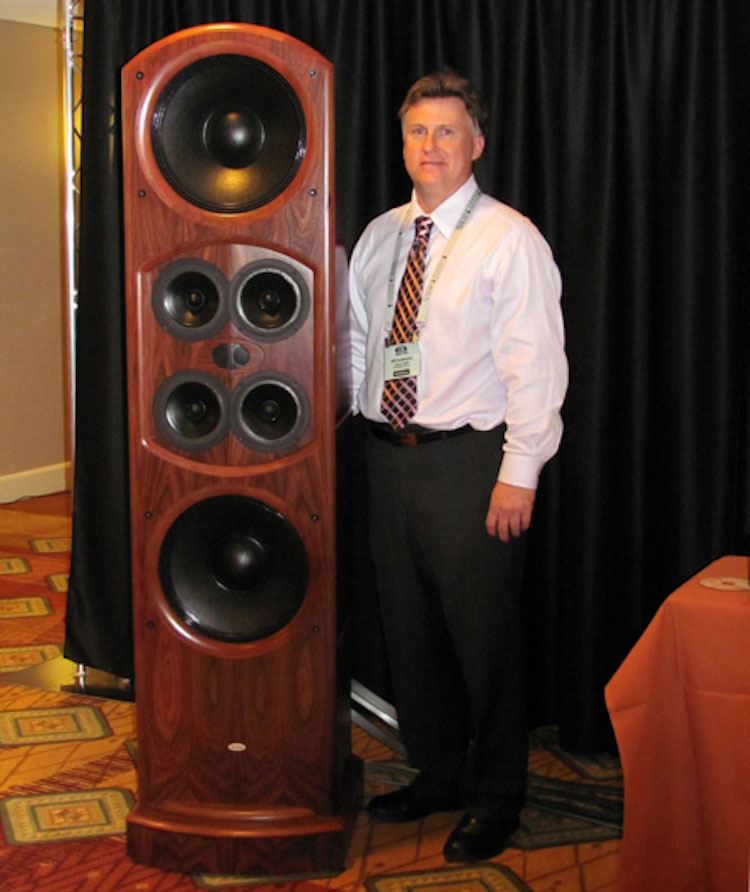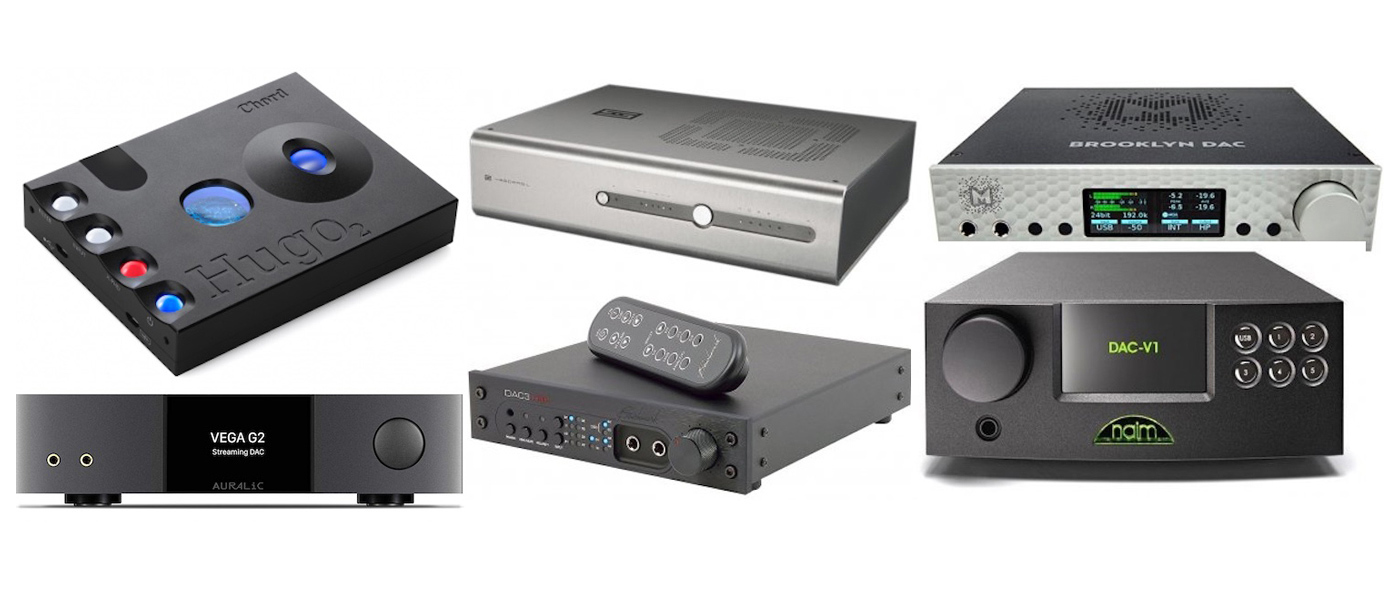
Movie soundtracks, with their “point-one” effects channel, has mandated by Hollywood decree the existence of subwoofers for home movie viewing. And the majority of the public seems to agree. Dinosaur stomps, car crashes, and explosions are definitely better with a subwoofer (or more). But for home stereo, things just aren’t so simple.
The traditionalists, a large and vocal sector, insist that subwoofers are not prudent for home stereo. Among their arguments:
- Only a very, very small percentage of stereo program material has any significant content below 35 or 40Hz and a full range pair of main speakers can easily handle this low-frequency extension.
This is true, but for those who listen to specific types of music including rap, electronica or classical pipe organ, even 35Hz is considered insufficient. These listeners want extension to 25Hz, 20Hz, or even lower. Only a handful of expensive full-range speakers can honestly reproduce those frequencies with enough volume to be audible or tactile in the home listening room.
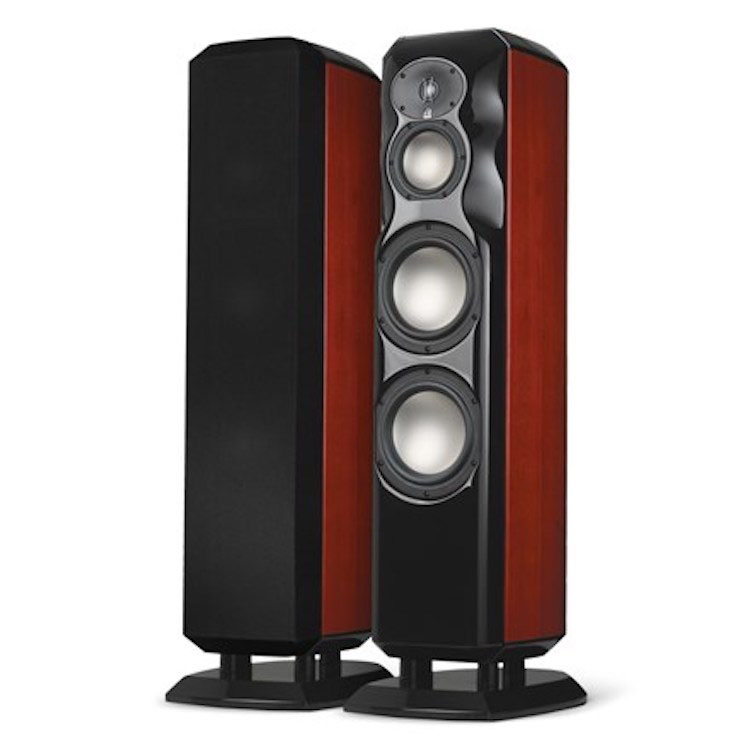
- Satellite-subwoofer systems are difficult to implement without audible discontinuities at the satellite-to-subwoofer crossover point.
Full-range speakers capable of handling true low frequencies ARE available. Usually, such speakers are large in physical size, but they have the advantage of not requiring the listener to balance a subwoofer (or more) with the satellite speakers. There is a lot to be said for this approach. The average listener lacks the skills to place a subwoofer in the optimum spot, handle the level and phase matching required to blend the sub to the satellite speakers, and to balance the subwoofer speed to the satellite speed.
Secrets Sponsor
Now some would argue that an AVR or surround processor would do these things with automated room correction; but very, very few stereo preamplifiers or integrated amplifiers offer this option, and we are talking about stereo reproduction here.
Among the requirements of a truly full-range speaker are that it be large in size. This is a result of physics – deep bass requires a large cone area, a large amount of woofer power-handling, a large enclosure, and/or a large amount of amplifier power to produce deep bass. Some manufacturers have attempted to solve this issue by building self-powered subwoofers into their full-range speakers with varying success. But few of these hybrid full-range loudspeakers with built-in powered subwoofers can honestly play down to 20Hz despite their manufacturer’s claims.

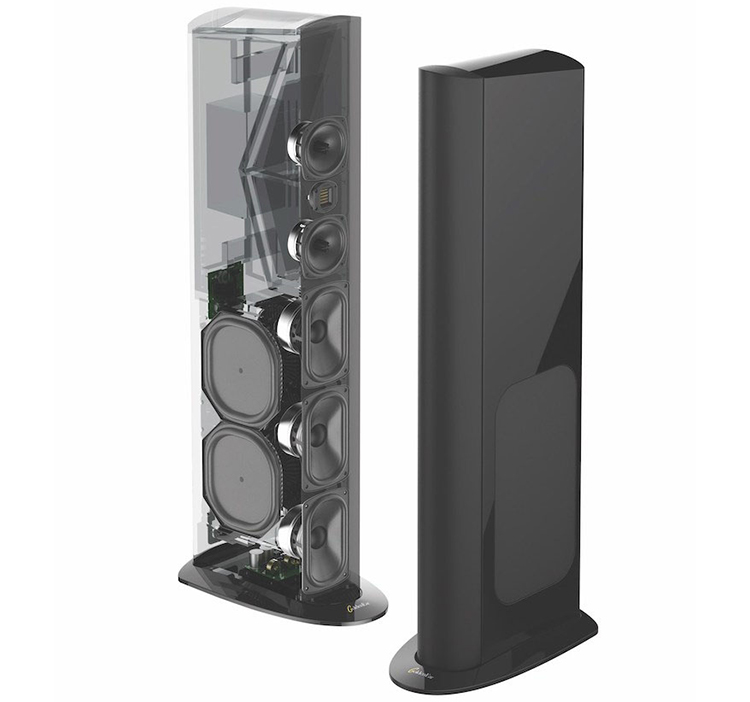
- In general, a full-range loudspeaker will exhibit better bass integration than any satellite-subwoofer combination.
- Many consumers purchase full range speakers anyway and then (needlessly) opt to throw away the bass performance by trying to use them with (extra-cost) subwoofers.
In other words, if you’re going to PAY for a full-range speaker, there’s no reason not to USE it as a full range speaker. Having a large pair of tower speakers with good bass extension and then throwing away that bass capability by crossing over to a subwoofer is a poor use of the available budget. Besides, with inexpensive subwoofers, the bass extension is often not much greater than the full range speaker by itself could have provided.
The issue of cost is not addressed often enough. Even with surround sound speaker ensembles, the right and left front units (the ONLY speakers that really matter for stereo listening) are large, full-range speakers. And having paid for the bass capability of those towers, many consumers never use it! Instead, they let a cheap, high-distortion subwoofer handle the bass range to the detriment of the sound quality.
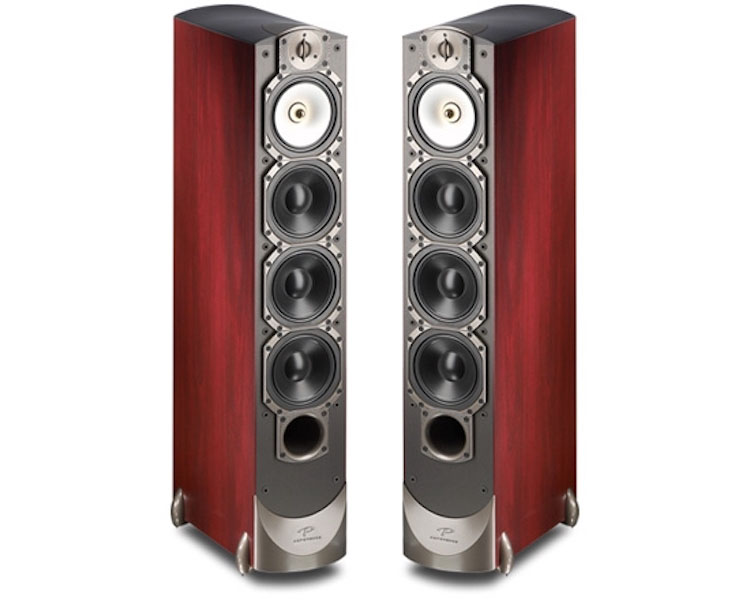
- Good subwoofers are never cheap. Cheap subwoofers are never good. It’s a fact. Subwoofers that work best for video are almost NEVER the ones that work best for audio – the requirements are too different. For video, maximum acoustic output is the primary requirement. Low distortion, flat frequency response, and smooth integration with the primary speakers are NOT part of the design criteria for 95% of the subwoofers on the market. And for video, where the biggest low-frequency demand is a large, loud transient or a non-defined bass rumble, most subs are just fine. But for music, the additional virtues I listed must be part of the design package, and for most subwoofers, they aren’t.
The “sub-heads” are the other faction in the great divide, and I don’t use that term in any derogatory manner. There are some excellent arguments FOR using subwoofers in a stereo system. Among them:
- The best location in a room for low bass reproduction is virtually NEVER the same location where the satellite speakers will image best. This, again, is a matter of physics, and proper placement of subwoofer(s) can result in far tighter, more tuneful bass than would the use of full-range speakers alone.
Today, technology has come a long way in making subwoofer placement easy and effective. Do-it-yourself subwoofer tuning and room equalization is now available for as little as $70 (Dayton DSP-LF). Wireless transmitters are available that eliminate the need for wires from the source to the subwoofers (Emotiva VSUB-1 wireless subwoofer transmitter/receiver system). It’s now easier than ever to integrate a subwoofer into your stereo system.

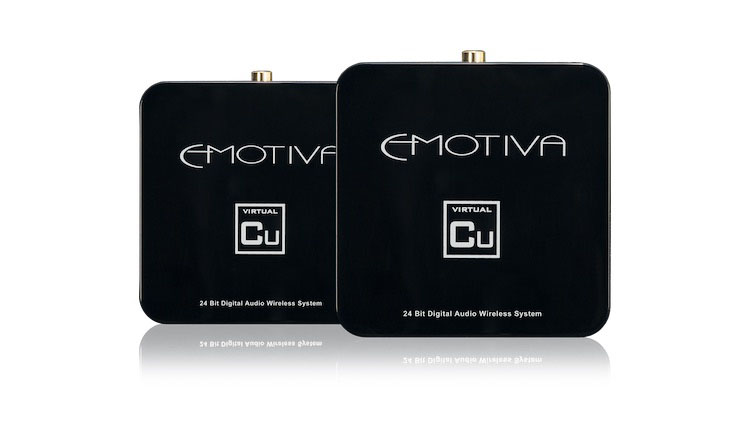
- To argue for the sub-heads, there’s no real reason NOT to include a subwoofer (or more) into your stereo system.
- Having a subwoofer handle the low frequencies reduces distortion on the main speakers and allows them to perform at their best.
This is a legitimate argument, provided that a high-pass filter is used on the satellite speakers. Unfortunately, many stereo preamplifiers and integrated amplifiers, although they do offer a subwoofer output jack, fail to roll off the main speakers. But most stereo preamps, integrated amps, and stereo receivers don’t include a full range, volume-controlled, line-level subwoofer output. This can make it VERY difficult to use a subwoofer with the system at all. If the stereo preamp offers a full-range, volume-controlled pair of output jacks, in-line filters can be used to roll off the main speakers (Harrison Labs FMOD high-pass filters) although with some diminution of sound quality. High-quality crossovers are available (JL Audio CR-1), although at an MSRP of $3,000.

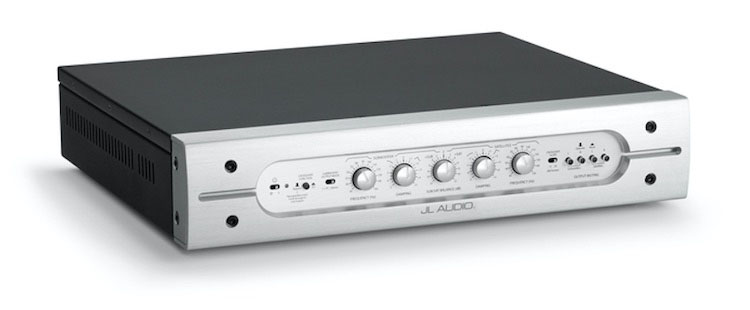
- A good subwoofer can better reproduce lower frequencies than even the best full-range speaker.
This is an argument whose answer must be, “it depends…” SOME full-range speakers can slug it out with the very best of subwoofers, but usually at a far higher price (Legacy speakers come to mind). But to my knowledge, even full-range speakers with built-in powered subwoofers (Definitive Technology, Martin Logan, and GoldenEar come to mind) can’t really compete with the very best of the available subwoofers (JL Audio and Martin Logan, for example).
Secrets Sponsor
There are excellent arguments both for and against the use of subwoofers in stereo systems. My experience has been that despite the best of efforts to harmonize subwoofers to the main stereo speakers, the transition is almost always audible. I’ve heard but one stereo system that achieved unnoticeable integration, but such systems are VERY rare. I’ve personally opted to give up on subwoofers and to use full-range speakers instead. But don’t let me dissuade you from trying – many I know just LOVE their stereo systems with subwoofers!
